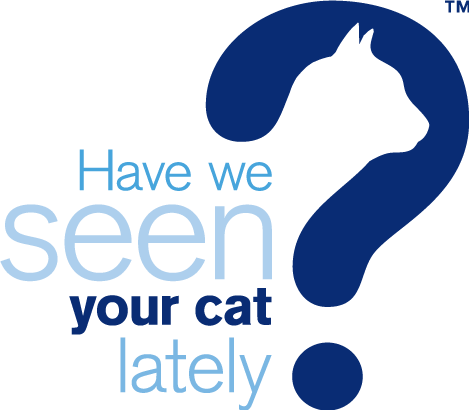Disease overview
Feline panleukopenia virus (also known as feline parvovirus or feline infectious enteritis) can cause a severe and often fatal disease in cats. It is thankfully now rare in Australia but cases are still occasionally seen and all cats should be vaccinated against it.
Feline panleukopenia virus (Feline infectious enteritis)
How is it diagnosed?
- Typical clinical signs
- Veterinary physical examination
- Decreased white blood cell count on blood tests (not all cases)
- Diagnosis is confirmed by faecal tests which can detect the virus.
Clinical signs
Kittens are more susceptible to severe disease but it can be potentially fatal in cats of all ages. Signs may include:
- Loss of appetite
- Fever
- Lethargy
- Vomiting
- Diarrhoea, possibly containing blood
- Dehydration
- Abdominal pain
- Sudden death, especially in young kittens
- If pregnant queens are infected, the virus can spread to the unborn kittens where it can damage the developing brain and result in permanent problems with coordination and balance.
Risk factors
- Unvaccinated kittens/cats, especially those entering shelters and pounds
- Kittens are most susceptible to severe clinical signs and death.
Treatment
- Hospitalisation for supportive care, including fluid therapy and antibiotics to treat secondary bacterial infections
- Some cats will die despite intensive treatment.
Prevention
- Vaccination against this virus is highly effective and is recommended for all cats, regardless of lifestyle.

